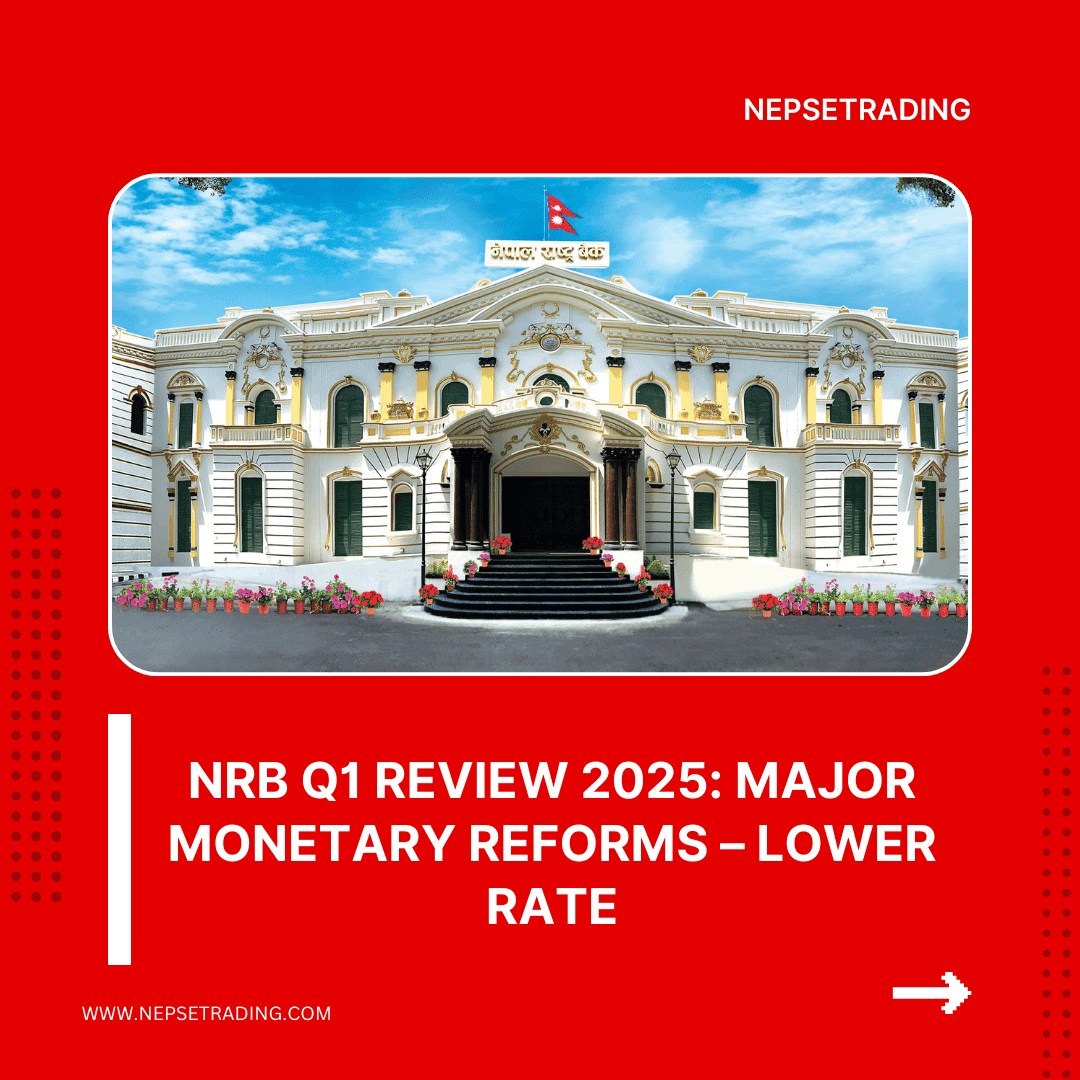By Sandeep Chaudhary
Smart Money vs Retail Traders – The Truth About Technical Trading

In every stock market — including the Nepal Stock Exchange (NEPSE) — there exists a silent battle between Smart Money and Retail Traders. Smart Money represents institutional investors, banks, mutual funds, and large players who move the market with precision, patience, and data. Retail traders, on the other hand, are small investors who often react emotionally to price movements, news, or rumors. The truth about technical trading lies in understanding how Smart Money operates differently and how retail traders can align with it instead of competing against it.
Smart Money doesn’t chase price — it creates it. Institutional traders accumulate shares quietly during low-volume periods and distribute them when the crowd becomes greedy. They rely heavily on Technical Analysis tools such as Volume Profile, Order Blocks, Liquidity Zones, VWAP, and Market Structure, combined with fundamental triggers, to identify where liquidity is hiding. Smart Money buys when most retail traders are fearful (at support or during panic dips) and sells when retail traders become overly optimistic (at resistance or euphoric breakouts). Their trades are slow, structured, and backed by massive research and capital.
In contrast, Retail Traders often fall into psychological traps — chasing breakouts without confirmation, entering trades late, ignoring volume, or panicking at temporary pullbacks. Most retailers focus only on indicators like RSI or MACDwithout understanding the market context or liquidity flow. This behavior results in buying at tops and selling at bottoms — exactly what Smart Money anticipates.
The key truth is that Technical Analysis is not about prediction; it’s about tracking behavior. Every candlestick and volume spike leaves behind the footprints of Smart Money. Traders who learn to identify accumulation, manipulation, and distribution phases can trade in alignment with institutions rather than against them. Recognizing liquidity grabs, fake breakouts, and stop-hunts helps retail traders move from being the “liquidity provider” to becoming the “liquidity hunter.”
As Sandeep Kumar Chaudhary, Nepal’s leading Technical Analyst and founder of NepseTrading Elite, explains — “Smart Money doesn’t use magic; it uses patience and precision. When retail traders stop reacting emotionally and start thinking like institutions, they step into real trading mastery.” With over 15 years of banking and market experience, and professional training from Singapore and India, he has taught thousands of Nepali traders how to identify Smart Money footprints using SMC (Smart Money Concept), ICT methodology, and Price Action Analysis tailored to NEPSE’s market behavior.









